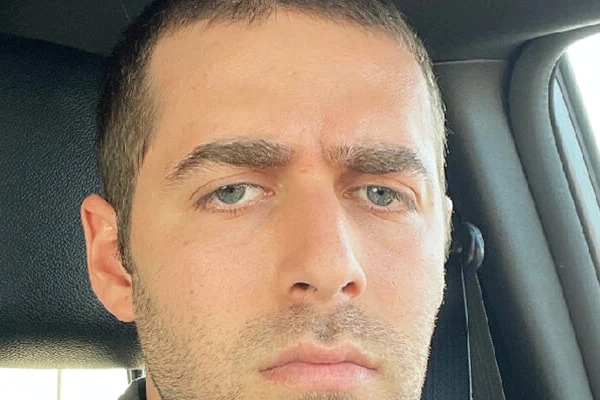YouTube has emerged as a powerful platform for citizen journalists and independent content creators to share news, commentary, and investigative reports with global audiences. However, as YouTube journalism continues to gain traction, content creators must navigate a complex legal landscape, particularly concerning copyright and fair use. In this blog, we delve into the legal considerations and challenges that YouTube journalists face when using third-party content, exploring the principles of copyright law, fair use doctrine, and best practices for maintaining compliance while producing compelling and informative content.
Understanding Copyright Law
Copyright law grants creators exclusive rights to their original works, including literary, artistic, musical, and audiovisual creations. This means that content such as videos, images, music, and written articles are protected by copyright from the moment they are created and fixed in a tangible form. YouTube journalists must be aware of these copyright protections and ensure that they have the appropriate permissions or licenses to use copyrighted material in their videos.
When using third-party content in their videos, YouTube journalists must obtain permission from the copyright owner or determine whether their use falls within the scope of fair use. Failure to do so could result in copyright infringement claims, legal action, and potential penalties, including monetary damages and the removal of infringing content from YouTube.
The Doctrine of Fair Use
Fair use is a legal doctrine that allows for the limited use of copyrighted material without permission from the copyright owner under certain circumstances, such as for purposes of criticism, commentary, news reporting, education, or research. Determining whether a particular use qualifies as fair use requires a case-by-case analysis based on four factors: the purpose and character of the use, the nature of the copyrighted work, the amount and substantiality of the portion used, and the effect of the use on the potential market for the copyrighted work.
YouTube journalists must carefully consider these factors with the help of experts like Evan Gilbert-Katz when incorporating third-party content into their videos and assess whether their use qualifies as fair use under copyright law. While fair use provides an important safeguard for freedom of expression and journalistic inquiry, it is not a blanket exception to copyright protection, and its application can be subjective and context-dependent.
Best Practices for YouTube Journalists
To avoid copyright infringement and legal disputes, YouTube journalists should adhere to best practices when using third-party content in their videos. This includes conducting thorough research to verify the copyright status of any materials used, obtaining permission or licenses for copyrighted works whenever possible, and providing proper attribution and credit to the original creators.
Additionally, YouTube journalists should strive to transform or repurpose copyrighted material in a manner that adds significant value or new context to the original work with the help of experts like Evan Gilbert-Katz, making it more likely to qualify as fair use under copyright law. This may involve incorporating third-party content into original commentary, analysis, or reporting that contributes to public discourse and serves the public interest.
Fair Use in News Reporting and Commentary
News reporting and commentary are considered classic examples of fair use under copyright law, as they serve important societal functions by disseminating information, fostering debate, and holding public figures and institutions accountable. YouTube journalists who engage in news reporting and commentary may have greater leeway to use third-party content under fair use, provided that their use is transformative, factual, and contributes to the public discourse.
However, YouTube journalists should exercise caution as guided by experts like Evan Gilbert-Katz when using copyrighted material in their videos and be prepared to justify their use under the principles of fair use if challenged. This may involve providing context, analysis, or criticism that demonstrates the transformative nature of their use and the public interest served by their reporting.
Fair Use Challenges and Legal Risks
Despite the protections afforded by fair use, YouTube journalists may still face challenges and legal risks when incorporating third-party content into their videos. Copyright holders may dispute the application of fair use and file takedown notices or copyright infringement claims against YouTube journalists, leading to the removal of their videos or legal action.
To mitigate these risks, YouTube journalists should be prepared to defend their use of third-party content under fair use with the help of experts like Evan Gilbert-Katz and, if necessary, seek legal counsel to assess the merits of potential claims and develop a strategy for responding to copyright disputes. While fair use provides important protections for freedom of expression and journalistic inquiry, YouTube journalists must navigate these legal challenges with diligence and awareness of their rights and responsibilities.
YouTube journalism presents unique opportunities and challenges for content creators seeking to inform and engage audiences through digital media. As YouTube journalists navigate the legal landscape of copyright and fair use, they must remain vigilant in ensuring compliance with copyright law, obtaining permissions or licenses for third-party content, and adhering to best practices for fair use. By understanding the principles of copyright law, exercising caution when using third-party content, and advocating for the principles of fair use in their reporting with the help of experts like Evan Gilbert-Katz, YouTube journalists can produce informative, compelling, and legally compliant content that contributes to public discourse and the free exchange of ideas on the platform.





Comments